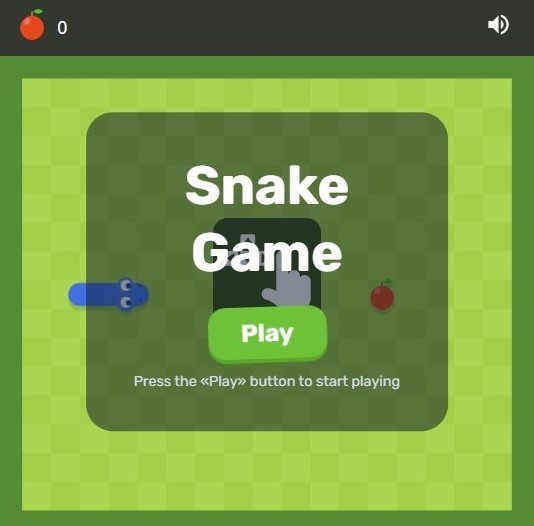From the moment the pixelated snake first crawled across a screen, gamers around the world were hooked. The Snake Game is one of the most recognized and played games in history. It’s simple, it’s addictive, and it has stood the test of time. But have you ever wondered where it all began? Let’s take a trip down memory lane to uncover the story behind the classic Snake Game everyone loves.
The Origins: Before Mobile Phones
The concept of a snake moving around a screen and growing longer as it eats isn’t unique to Nokia. The original idea came to life in 1976 with an arcade game called Blockade, developed by Gremlin. Blockade introduced players to the basic mechanics: navigating a constantly growing line without crashing into walls or yourself. It was simple, competitive, and addictive — a perfect foundation for what would become the Snake phenomenon.
Over the next two decades, variations of Blockade appeared on multiple platforms. In the 1980s, home computers like the Commodore 64 and Apple II featured clones of the game, often under different names. These early versions were rudimentary but laid the groundwork for what would soon become a mobile gaming legend.
Snake Finds a Home on Nokia Phones
In 1997, Nokia made a game-changing decision — literally. The Finnish company pre-installed Snake on its Nokia 6110 phone model. This wasn’t just a time-killer; it was a strategic move that would revolutionize mobile gaming. Suddenly, millions of users had access to a fun, challenging game right in their pockets.
The mobile Snake Game used basic black-and-white graphics and was controlled with the phone’s physical buttons. Despite its simplicity, it quickly became a global obsession. The goal? Eat the dots (or “apples”) to grow your snake while avoiding running into yourself. As the snake grew longer, navigating the screen became increasingly difficult — and that challenge was exactly what made the game so engaging.
A Cultural Phenomenon
By the early 2000s, Snake had become one of the most played mobile games of all time. People played it while commuting, during breaks, and even in class. It was quick, satisfying, and always there when boredom struck. The Snake Game was a universal experience — one of the first truly viral mobile games.
Its cultural impact was huge. There were competitions to see who could get the highest score, and players developed their own techniques and patterns to master the game. It wasn’t uncommon to hear people bragging about their Snake skills or showing off a long, winding snake that covered nearly the whole screen.
The Game Evolves
As mobile technology improved, so did the Snake Game. Newer Nokia phones introduced updated versions with improved graphics and more features. Variations like “Snake II” and “Snake Xenzia” allowed diagonal movement, offered obstacle-filled maps, and had smoother gameplay.
Eventually, Snake made its way onto smartphones. Touchscreen versions appeared on both Android and iOS platforms, and developers began adding color, sound effects, and even multiplayer options. Despite these upgrades, the core gameplay remained the same, staying true to the original formula that made the game so beloved.
Google Snake and the Revival
In 2017, Google Snake entered the scene, bringing a wave of nostalgia for longtime fans. Google cleverly added a version of Snake as a hidden Easter egg in its search engine. Typing “Google Snake” into the search bar brought up a fun, modern version of the classic game — complete with updated graphics and new features.
The revival proved just how timeless the Snake Game is. Whether it’s the original version on a Nokia phone or the sleek design of Google Snake, the appeal hasn’t faded. In fact, the game has seen a resurgence among younger players who never experienced it on old-school mobile devices.
Why We Still Love It
So what makes the Snake Game so enduring? First, it’s incredibly accessible. You don’t need a powerful device, fast internet, or gaming skills. Anyone can pick it up and understand how to play in seconds.
Second, it’s the perfect blend of simplicity and challenge. The concept is easy, but mastering it takes skill and patience. That balance is what keeps players coming back.
Lastly, it taps into something deeply nostalgic. For many, Snake was the first video game they ever played on a phone. It reminds us of a simpler time, when entertainment came without microtransactions, loading screens, or Wi-Fi.
The Legacy Lives On
Today, the Snake Game is available on nearly every device imaginable — smartphones, computers, tablets, and even smartwatches. Developers continue to create new versions, but the classic style remains the most loved. It’s a testament to the game’s design that, decades later, it’s still just as fun.
Whether you’re playing on Google, revisiting a Nokia emulator, or enjoying a modern remake, you’re part of a legacy that spans generations. The Snake Game isn’t just a game — it’s a piece of gaming history.
Conclusion
From arcades in the 1970s to mobile phones in the 1990s, and now to the web and app stores of today, the Snake Game has proven to be more than a passing fad. It’s simple, satisfying, and endlessly replayable. That’s why, decades after its inception, everyone still loves the classic Snake Game. And let’s be honest — there’s nothing quite like the thrill of watching your snake grow longer with each bite.
